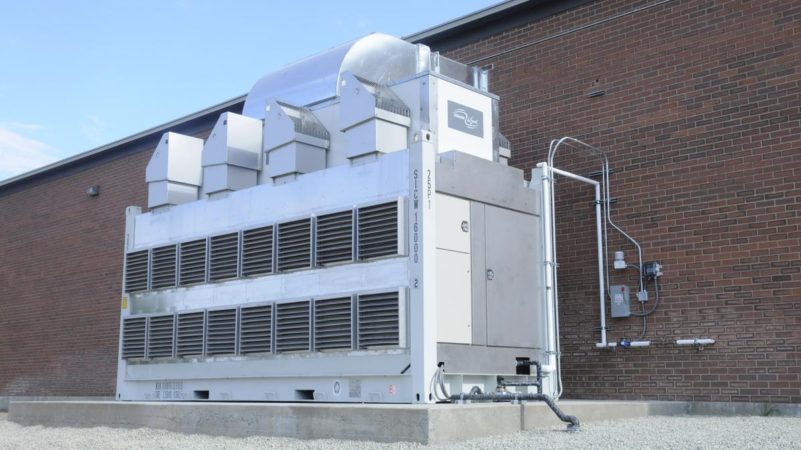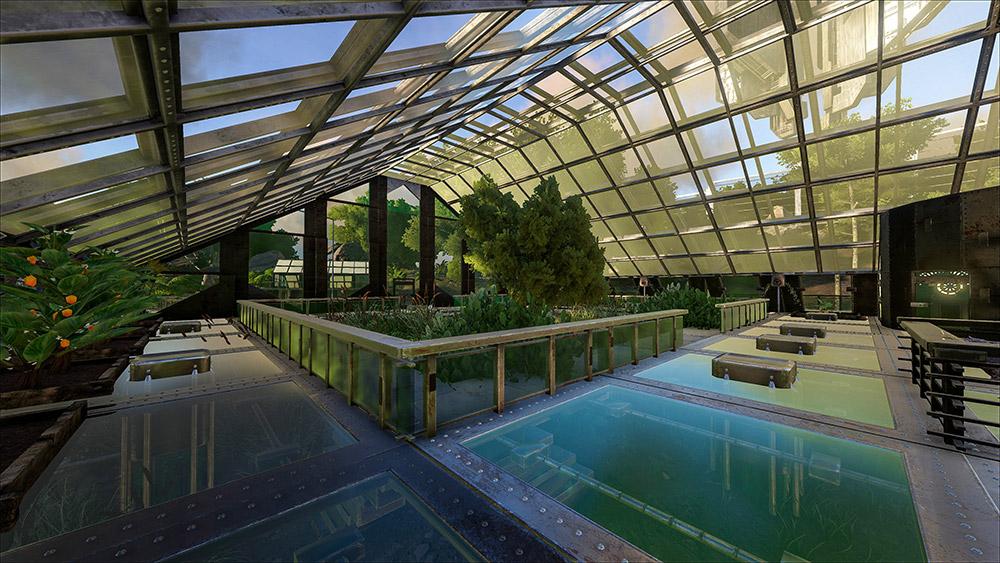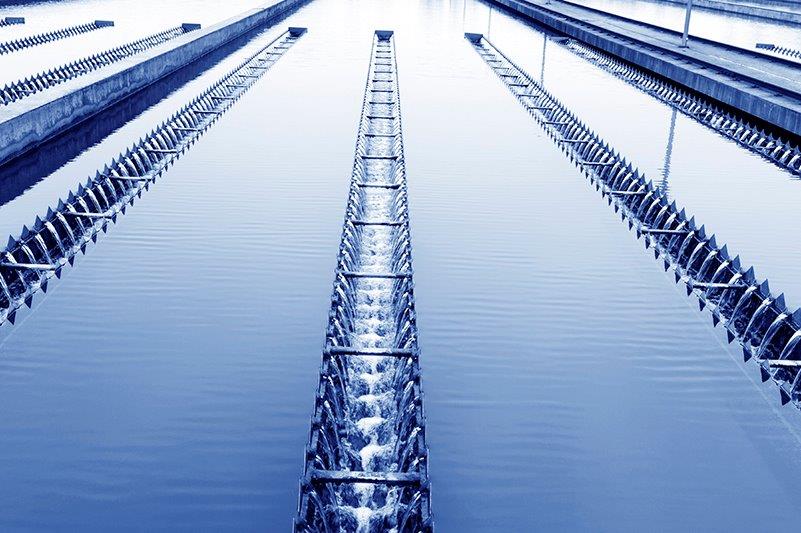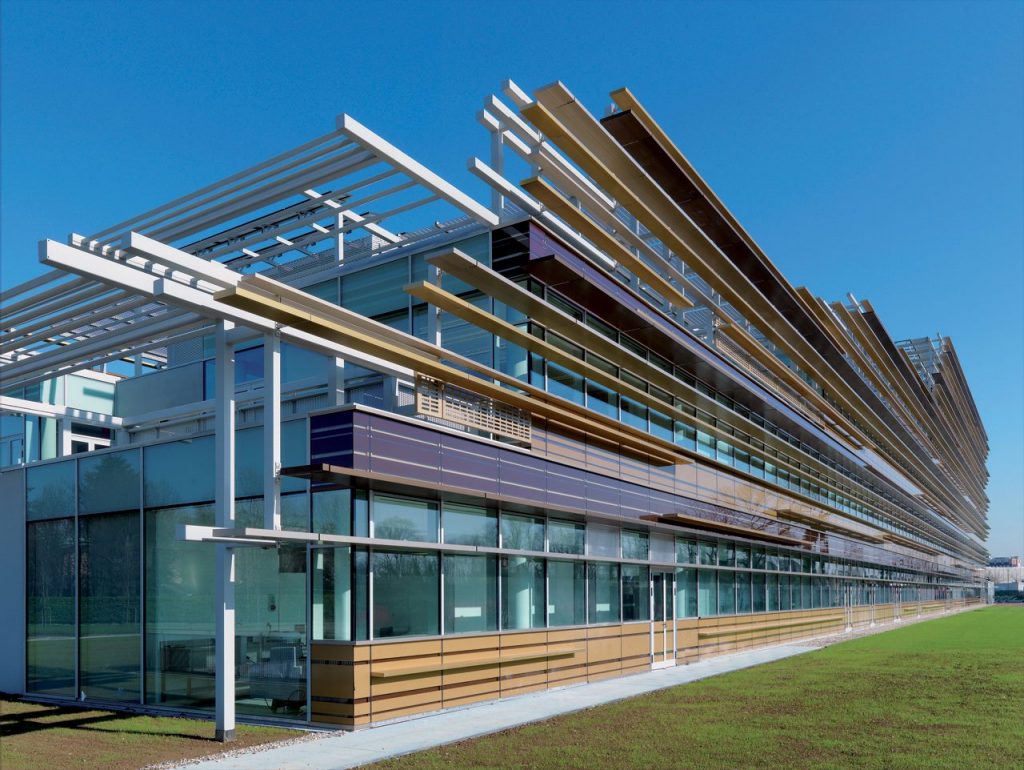Difference between contractor and solution provider
What is the difference between contractor and solution provider? What is the contractor definition? Independent entity that agrees to furnish certain number or quantity of goods, material, equipment, personnel, and/or services that meet or exceed stated requirements or specifications, at a mutually agreed upon price and within a specified timeframe to another independent entity. What is solution provider definition? An umbrella term for an organization that offers a combination of product, installation, and design. handles the project needs of their client from concept to installation. This process normally involves studying the client’s current infrastructure, evaluating the client’s needs, specifying the mix of manufacturers’ product and feasible design required to meet project goals. Vision: Solutions provider companies are generally the companies that can look after your project throughout its entire duration. They can help you understand your operating requirements and running cost and can then develop a design and construct the design accordingly. What is the role of energy efficiency solution provider? understand the logic behind the behavior of building industry and that is important for successful development and deployment of proper technologies. Providing benchmarks on sustainable buildings is an essential requirement for decision makers to take the correct call of action to encourage energy efficient buildings. Solutions aiming to improve the energy efficiency of buildings and construction activities should be disseminated widely, making use of existing or new technology transfer programs. Influencing market mechanisms and encouraging research and development projects. Access to top notch technologies: In many aspects, this is like comparing apples and oranges, as one company does the whole project, and the other just undertakes part of the project (contracting job). All the companies have access to the same materials, the same staff and operate within the same timelines, however, solution provider companies have an access to latest and top notch technologies and have a real partnership with reputed global technologies manufacturers. The difference really comes from understanding the bigger picture, strong relationships with technology manufacturers, high exposure to the top notch technologies, have experts of energy efficient solutions and ensuring that technical support during design, execution, and start-up. When to use solution provider? if you have the vision to achieve your energy efficient building and have solid plans for how your operating cost and energy bills will look, you want to create a unique building that catches your business imaginary, cut you energy bills and works efficiently. solution provider has a real vision would definitely be your best option. they will undertake all of the planning and design that goes into – in other words a seamless turnkey solution. 365 Ecology is an integrated One Stop Shop engineering solutions house specialized in energy efficient cooling and heating solutions including and not limited Variable refrigerant flow Air Conditioning, Solar Water Heating, Heat pump, desert coolers and indirect evaporative cooling. Unlike most clean technology companies, we tend to focus on achieving energy savings via introducing a top notch technology of energy efficient systems.We offer a broad spectrum of services to make sure that your project is being effectively managed from start to finish and your energy needs are met. As we go into full force we start with evaluating your current energy consumption practices and needs in order to design a system that works best with your lifestyle in terms of being both energy-efficient and cost-effective while taking care of supplying and installing cutting-edge energy efficient technology.
Difference between contractor and solution provider Read More »









